In a world of constant distraction, how many brands are your subconscious absorbing without you even realizing? The power of sponsorships and product placement is surging.
The Rise of Sponsorship & Product Placement
-
The key is to forge emotional and visual connections that stay with viewers—without feeling intrusive.
F1 presents a high-stakes, adrenaline-fueled environment, but what truly captures attention is the strategic presence of prominent brands throughout the story and visual aesthetic. The production features over a dozen logos, from Mercedes and IWX to Geico, EA Sports, and Expensify—visible on uniforms, cars, and environment, perfectly integrated into the scene. -
If you scrutinize the film, Brad Pitt’s watch is a standout—deliberately prominent.
-
This level of sponsorship isn’t accidental. According to producer David Leener, “We secured more sponsorship revenue for this film than any other project in my career.” The total sponsorship investment surpassed USD $40 million, significantly contributing to a budget estimated between USD $200 and $300 million.
The Strategy & Value of Product Placement
-
Brand integration occurs in brief flashes, typically 3-4 seconds, where logos are clearly visible—logos and mentions that embed themselves in the viewer’s memory. The value of these exposures ranges from USD $250,000 to $1 million, depending on logo prominence, visibility, and verbal mentions.
-
What makes this approach groundbreaking is that brands don’t appear as blatant ads. Instead, they are subtly woven into a dynamic environment where sport and speed are at the core. The goal? Make these brands feel like natural elements of the scene—almost invisible—sparking curiosity and leaving a lasting impression without disrupting the narrative, resulting in more authentic engagement and prolonged recall.
Impact & Benefits
-
The success of this sponsorship model in F1 demonstrates that brands that skillfully embed themselves in high-impact content can achieve far greater recognition and recall than traditional campaigns. The presence of brands like Mercedes or EA Sports in a high-end film not only reinforces their market positioning but also aligns them with elite sports and cutting-edge technology.
-
The over USD $40 million in sponsorship revenue proves that this formula works—combining engaging content, sports environments, and strategic branding in a visually compelling scene.
-
This model is emerging as one of the most effective strategies for brands seeking association with top-tier sports, technology, and entertainment, creating impact and lasting recognition among an increasingly discerning audience.
-
Apple’s new film, “F1,” isn’t just notable for its story and high-budget production—its innovative use of sponsorship and product placement sets a new standard in brand integration in cinema. Industry experts say it’s redefining how brands participate in storytelling, achieving exposure levels surpassing many traditional advertising campaigns.
Micro-Insights from IN Miami: Keys to the Success of the F1 Sponsorship Model
Brad Pitt as “Living Billboard”: His character wears suits adorned with over a dozen brands—from Mercedes to Expensify—creating organic, natural exposure.
Premium Sponsorships: Each brand paid millions for visibility on the fictional APXGP car and in key scenes, totaling USD $40 million in direct sponsorship.
Authenticity as a Competitive Edge: Logos are embedded seamlessly within the realistic aesthetic of F1—autos, uniforms, pit lanes—where branding is part of the sport’s culture.
Strategic Exclusivity: Competitor brands were deliberately excluded from official sponsorships, prioritizing partners like Expensify, ensuring authenticity and exclusivity.
Global Cross-Promotion: Brands such as EA Sports and Geico invested additionally in marketing campaigns tied to the film’s launch, amplifying their reach.
David Leener, a veteran in brand integration with 30 years of experience, achieved a record: F1 is now the highest-grossing sponsored film of his career, surpassing Top Gun: Maverick and franchises like Transformers and Pirates of the Caribbean. His approach?
-
Offering Premium Access: Brands paid between USD $250,000 and USD $1 million for 3-4 seconds of clear, impactful on-screen exposure.
-
Partnering with Industry Giants: Mercedes, IWC, and Tommy Hilfiger contributed significant funds, while Expensify saw the film as a platform to elevate its global profile.
-
Complex Negotiations: According to Stacy Jones of Hollywood Branded, securing these alliances took three years of meticulous work—“The most complex collaboration Hollywood has ever seen,” she admits.
When Branding Becomes the Main Star
F1 isn’t just a film—it’s a case study on how modern cinema blurs the line between art and commerce. With brands financing up to 13% of the budget, it proves that in the streaming and blockbuster era, product placement isn’t an accessory—it's a core revenue stream. As Toto Wolff (CEO of Mercedes F1) says, “If Leener can do this with a movie, he should be working for us.”
The Challenge of Balancing Art & Advertising
Directors Kosinski and Bruckheimer faced the challenge of avoiding logo overload. Their solution? Emulate the authentic aesthetic of F1—where cars and drivers are walking billboards. Key examples include:
-
Pitt’s helmet featuring Mercedes, OMP, and Shark logos, mirroring real F1 driver designs like Lewis Hamilton.
-
The APXGP car displaying Geico and EA Sports, with an annual sponsorship value of USD $5 million in real life.
Leener explains, “F1 is the most commercial sport in the world. If we hid the brands, the film would lose credibility.”
Sponsorships vs. Product Placement: A High-Value Business
While real F1 sponsorships cost around USD $5 million annually for a logo on a car’s wing, in film, the value is measured per second of on-screen presence. Andrew Van de Burgt, CEO of The Race Media, highlights:
-
In F1: Sponsors seek access to networks—executives, paddock access—more than mere exposure.
-
In film: The ROI hinges on emotional association. Post-F1 release, Expensify reported a 30% increase in inquiries from companies interested in their software.
Historic Cases of Product Placement Success:
-
Reese’s Pieces in E.T. (1982): Hershey’s paid USD $1 million and tripled sales.
-
Ray-Ban in Risky Business (1983): Tom Cruise’s iconic eyewear revitalized the brand.
The Future of Cinema: Advertising or Narrative?
-
F1 marks a turning point. With budgets exceeding USD $250 million, studios rely heavily on sponsors to mitigate risk. Leener reveals USD $40 million in sponsorship financed key scenes: “A day of filming costs USD $400,000. Every sponsorship equivalent meant extra days of shooting.”
-
Success or Overreach?
The organic integration of brands in F1 enhances authenticity—proving that strategic, seamless placement is the most effective and natural form of culture-building, branding, and advertising today.
FAQs: Key Questions About the F1 Sponsorship Model
-
Why do brands pay millions for just seconds of screen time?
Because of emotional association with a global blockbuster and its perpetual exposure on platforms like Apple TV+. -
How does F1 prevent logos from overwhelming viewers?
By embedding them in realistic scenarios—pits, uniforms—where branding feels organic and authentic. -
Can this model be applied to other films?
Yes, but only where the context supports it—sports, tech, and lifestyle content—where brands naturally align with the environment. It wouldn’t work in period dramas or historical epics. -
What has Hollywood learned from F1?
That symbiotic brand partnerships—where the film spends less, and the brand gains relevance—are the future. When done correctly, product placement becomes a core element of storytelling, not just an add-on.
Read Smart, Be Smarter!
Join us and stay ahead with exclusive access to strategic insights — become part of the largest business and culture community across Anglolatin America!
Sign up for free: https://infonegocios.miami/suscribite-al-newsletter
Infonegocios NETWORK: 4.5 million Anglo-Latinos united by a shared passion for business excellence.
Contact Infonegocios Miami:
Explore our regional platforms:
-
Uruguay: https://infonegocios.biz
-
Argentina: https://infonegocios.info
-
Paraguay: https://infonegocios.com.py
-
Madrid: https://infonegocios.madrid
-
Barcelona: https://infonegocios.barcelona

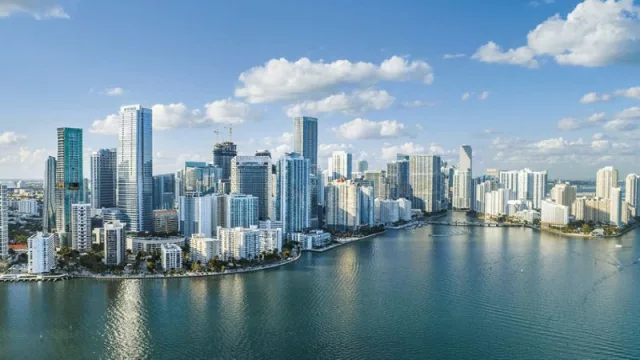

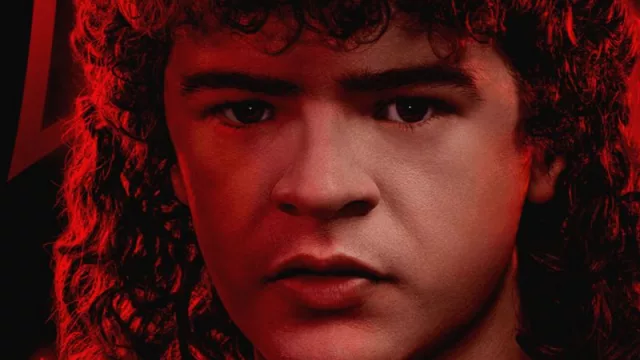

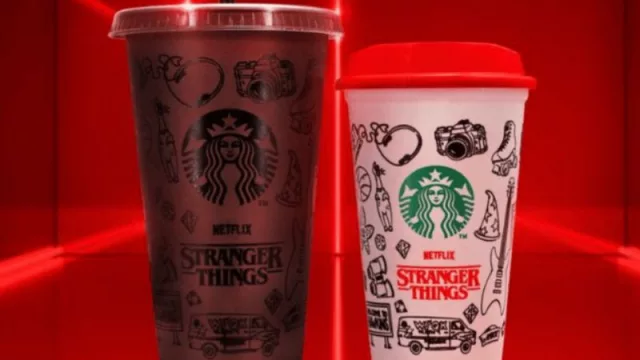
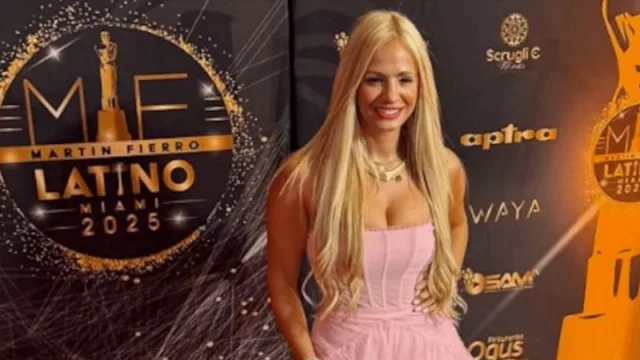


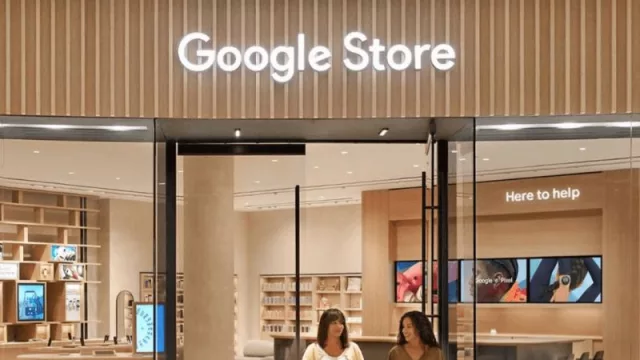
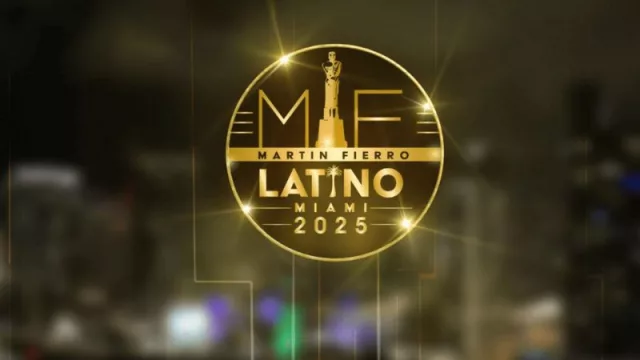

Tu opinión enriquece este artículo: